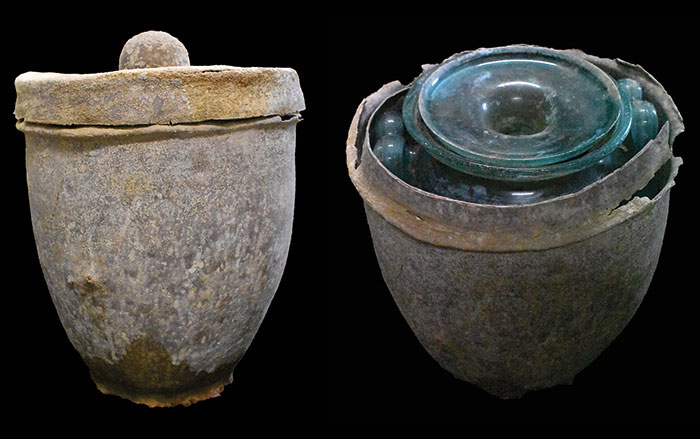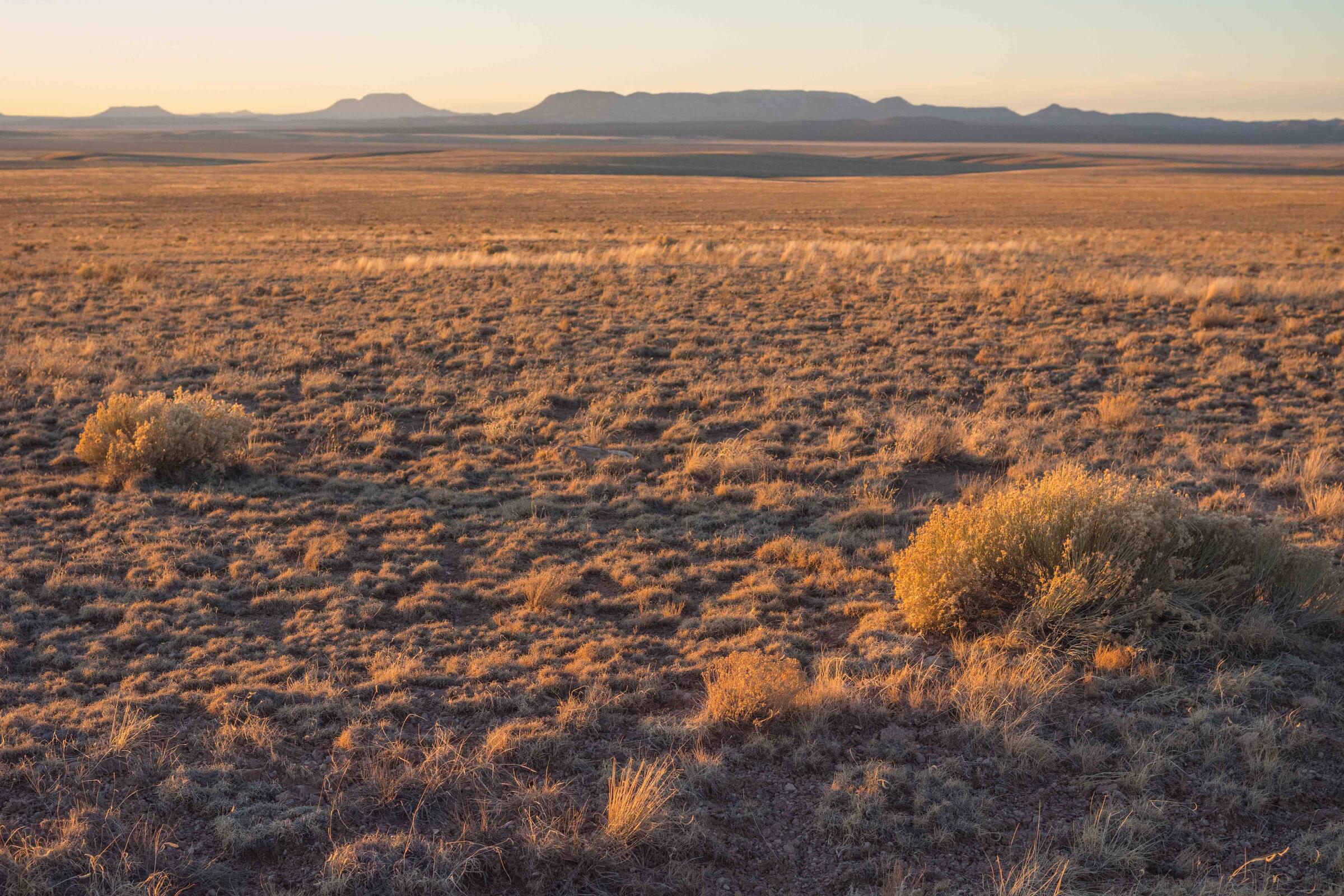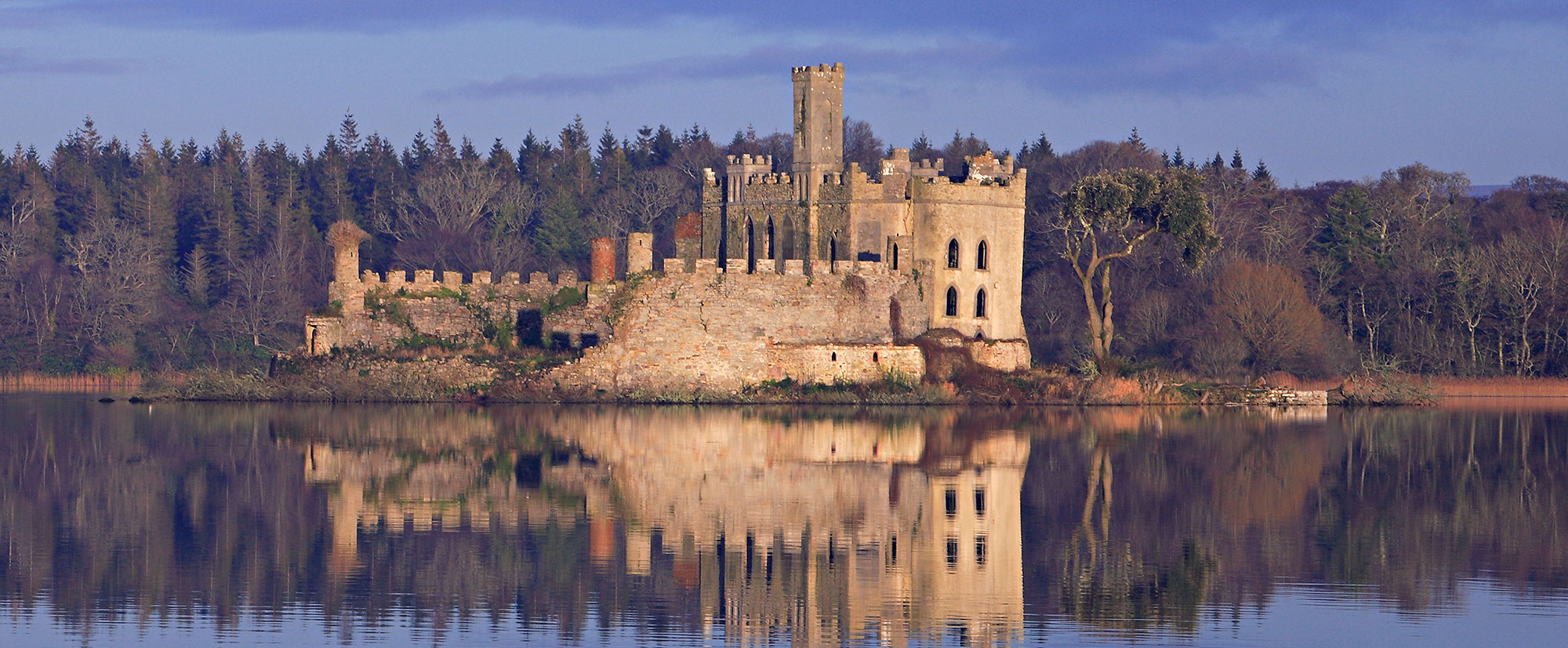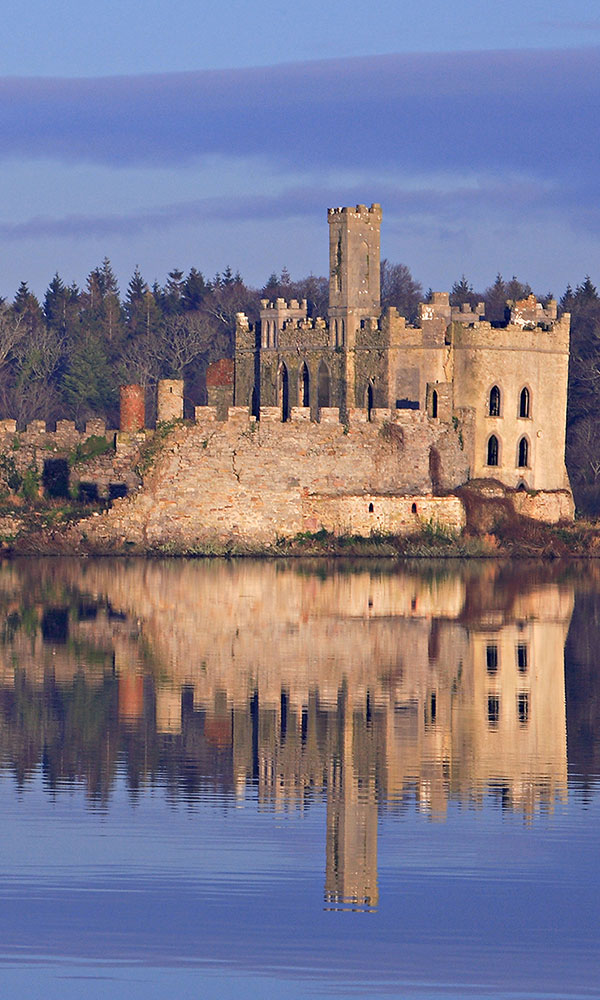MÉRIDA, SPAIN—According to an El País report, archaeologists Javier Fernández of the Caraca-Driebes Archaeological Team and Emilio Gamo of the National Museum of Roman Art, along with geologists from the Spanish Geological and Mining Institute, reviewed ancient historical accounts and archaeological and geological evidence to attempt to pinpoint the location of the 220 B.C. battle between the 25,000 soldiers and 40 elephants led by the Carthaginian general Hannibal and 100,000 members of the local Carpetani, Vettone, and Olcade tribes. Historical descriptions note that the battle occurred along the Tagus River, which stretches some 625 miles from the mountains of eastern Spain to Portugal’s Atlantic coast. The researchers argue that Hannibal would have chosen to travel to his winter quarters along an ancient route that connected central Spain to the southeast, and would have crossed the Tagus River close to the town of Driebes and the Carpetani-fortified settlement of Caraca. Hannibal is said to have built a defensive wall near the river and placed his cavalry at shallow areas to force the Carpetani to cross in deep, fast-moving waters to avoid his soliders. The researchers note that geologic conditions near Driebes could have preserved the river’s winding course and shallow fords over the past 2,200 years. A survey of the area has also detected traces of a possible man-made structure. Future research will include a search for military artifacts and elephant bones, Gamo said. For more on the use of elephants in ancient battles, go to "Clash of the War Elephants."
Scientists Search for Ancient Battlefield in Spain
News April 24, 2020
Recommended Articles
Digs & Discoveries March/April 2025
Iberian Gender Imbalance

Digs & Discoveries September/October 2024
A Nightcap for the Ages

Artifacts March/April 2024
Mesolithic Baskets

Features March/April 2024
Freedom Fort
In eighteenth-century Spanish Florida, a militia composed of formerly enslaved Africans fought for their liberty

-
Features March/April 2020
Remembering the Shark Hunters
Unique burials show how ancient Peruvians celebrated dangerous deep-sea expeditions
 (Courtesy Gabriel Prieto)
(Courtesy Gabriel Prieto) -
Letter from the Four Corners March/April 2020
In Search of Prehistoric Potatoes
Native peoples of the American Southwest dined on a little-known spud at least 10,000 years ago
 (©2020/Jerry Redfern)
(©2020/Jerry Redfern) -
Artifacts March/April 2020
Gravettian "Venus" Figure
 (Courtesy INRAP)
(Courtesy INRAP) -
Digs & Discoveries March/April 2020
Ancient Academia
 (© The Trustees of the British Museum)
(© The Trustees of the British Museum)



